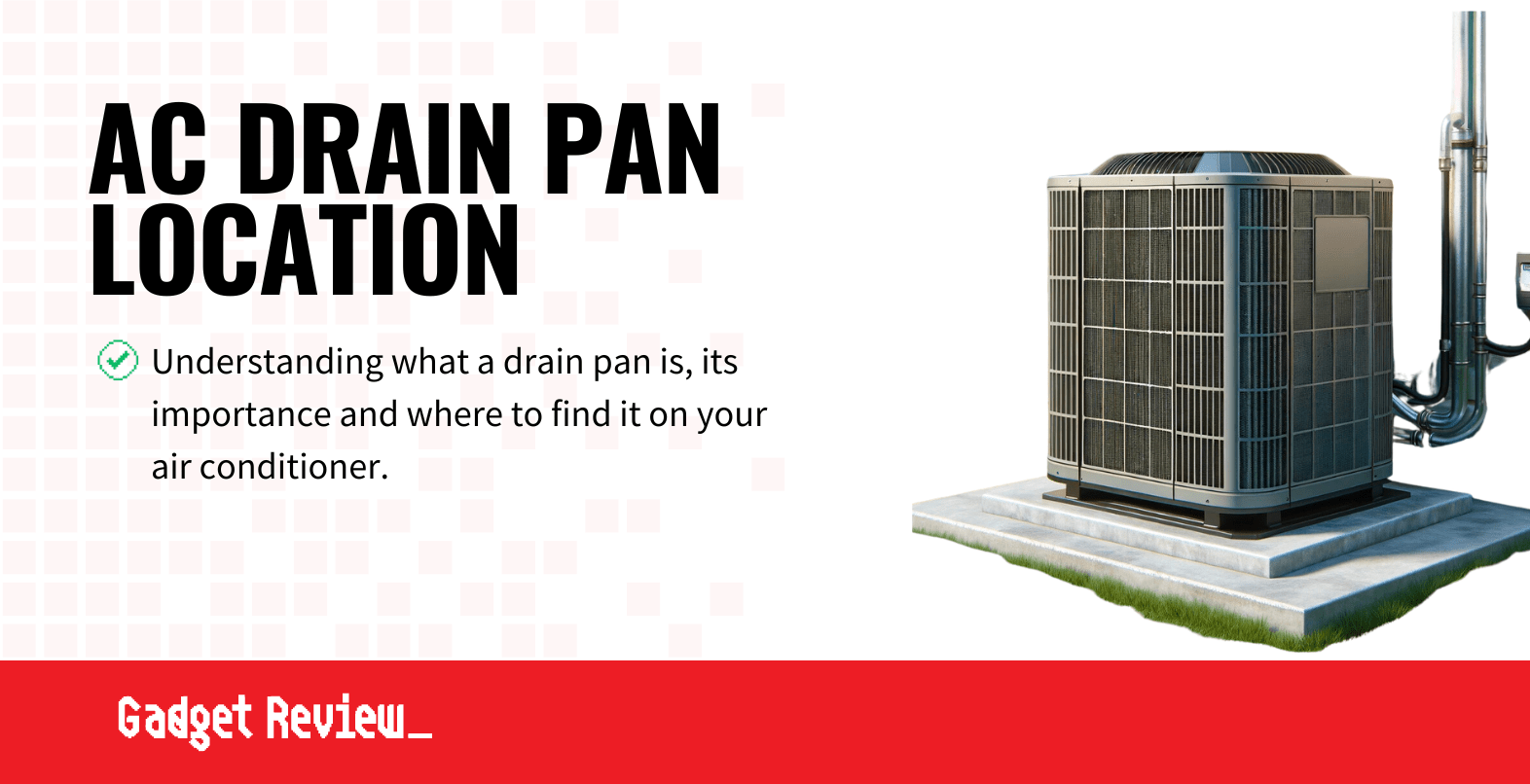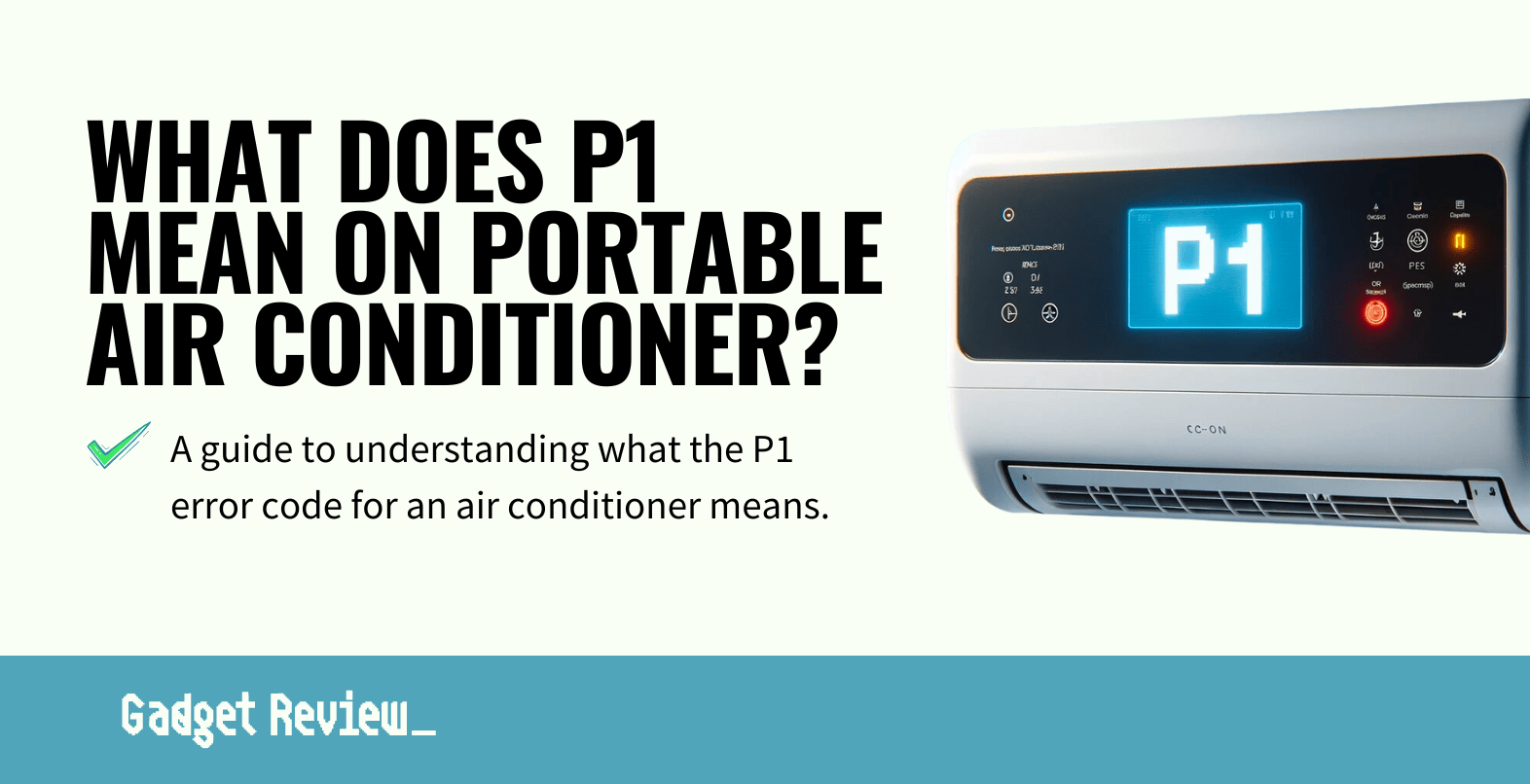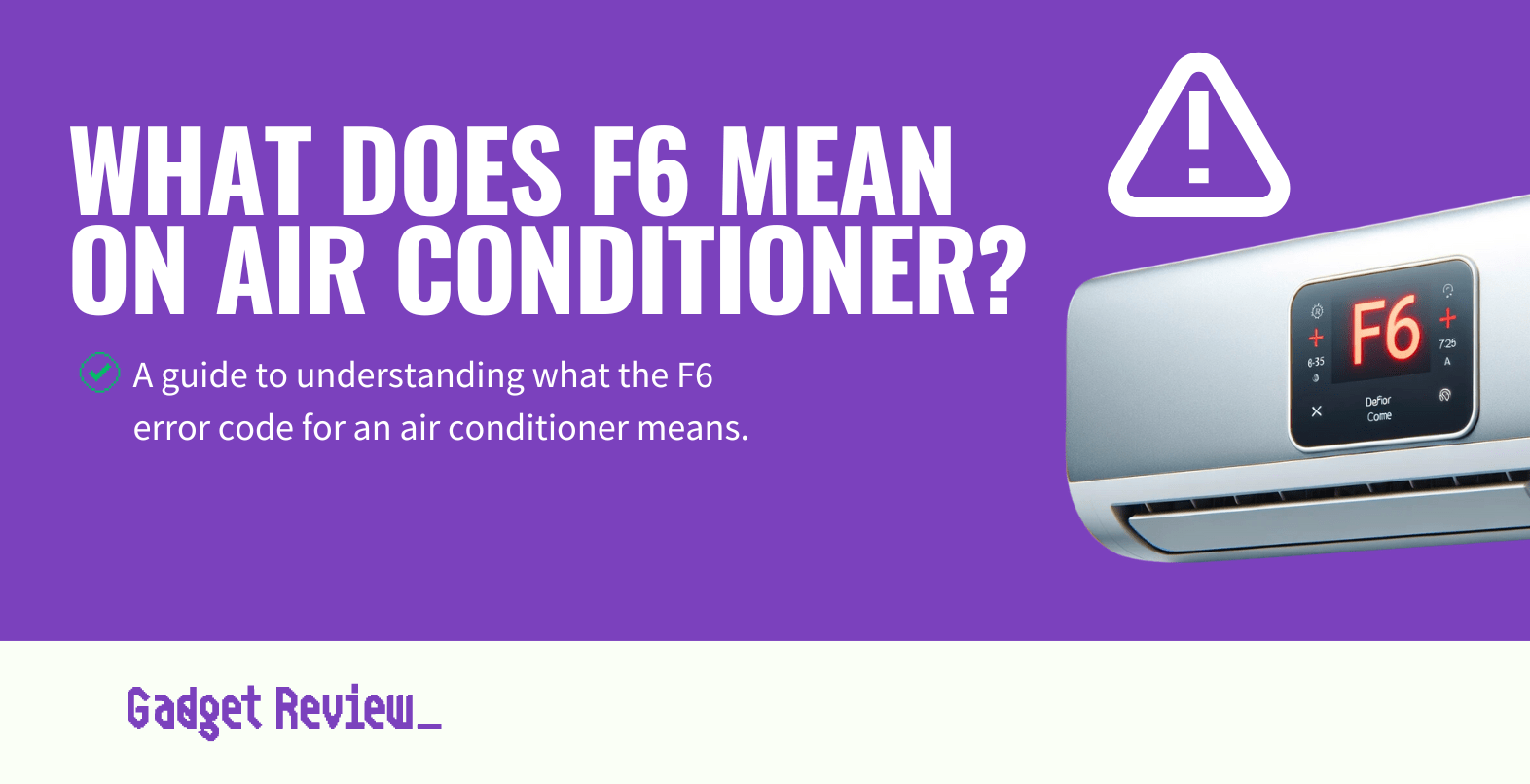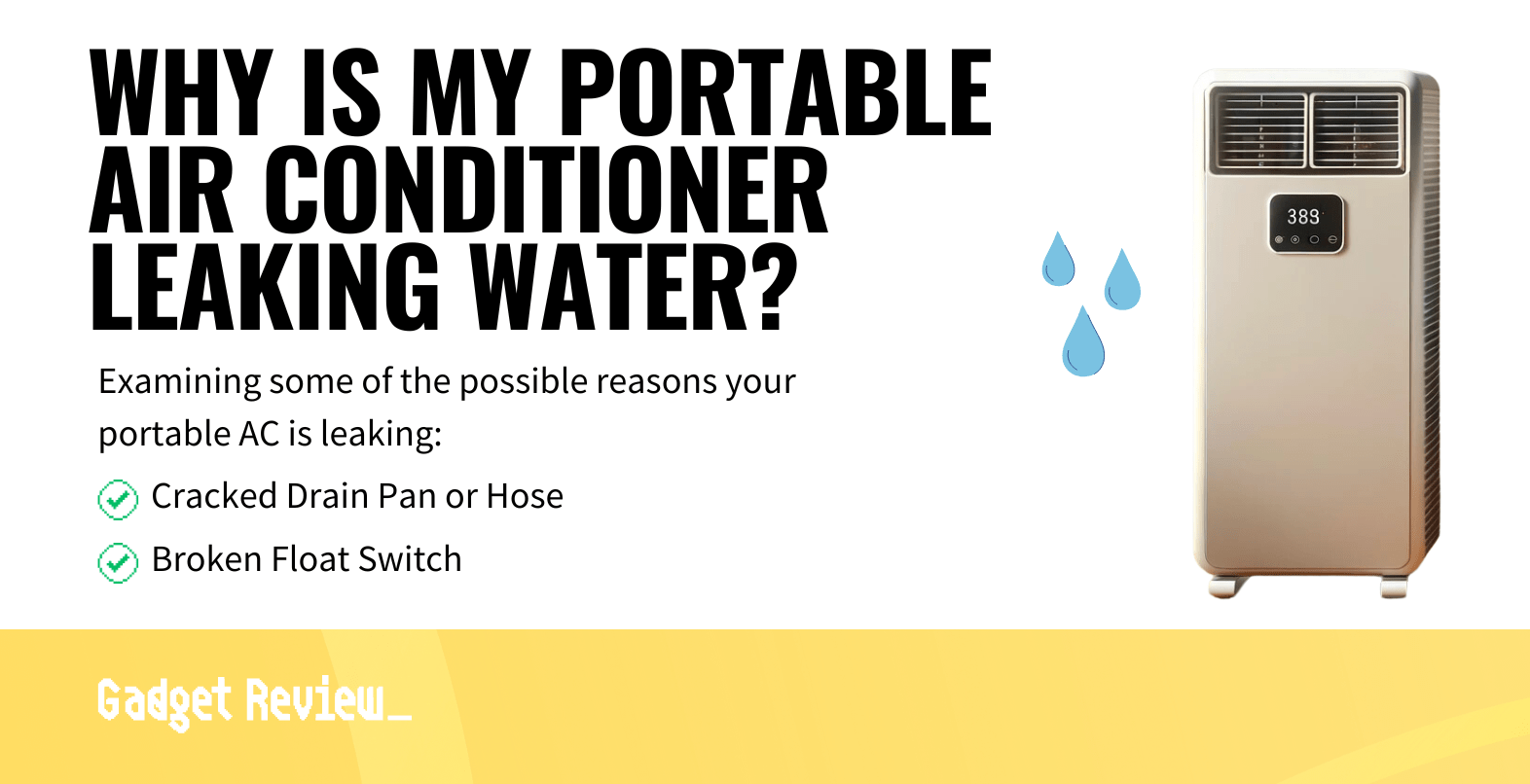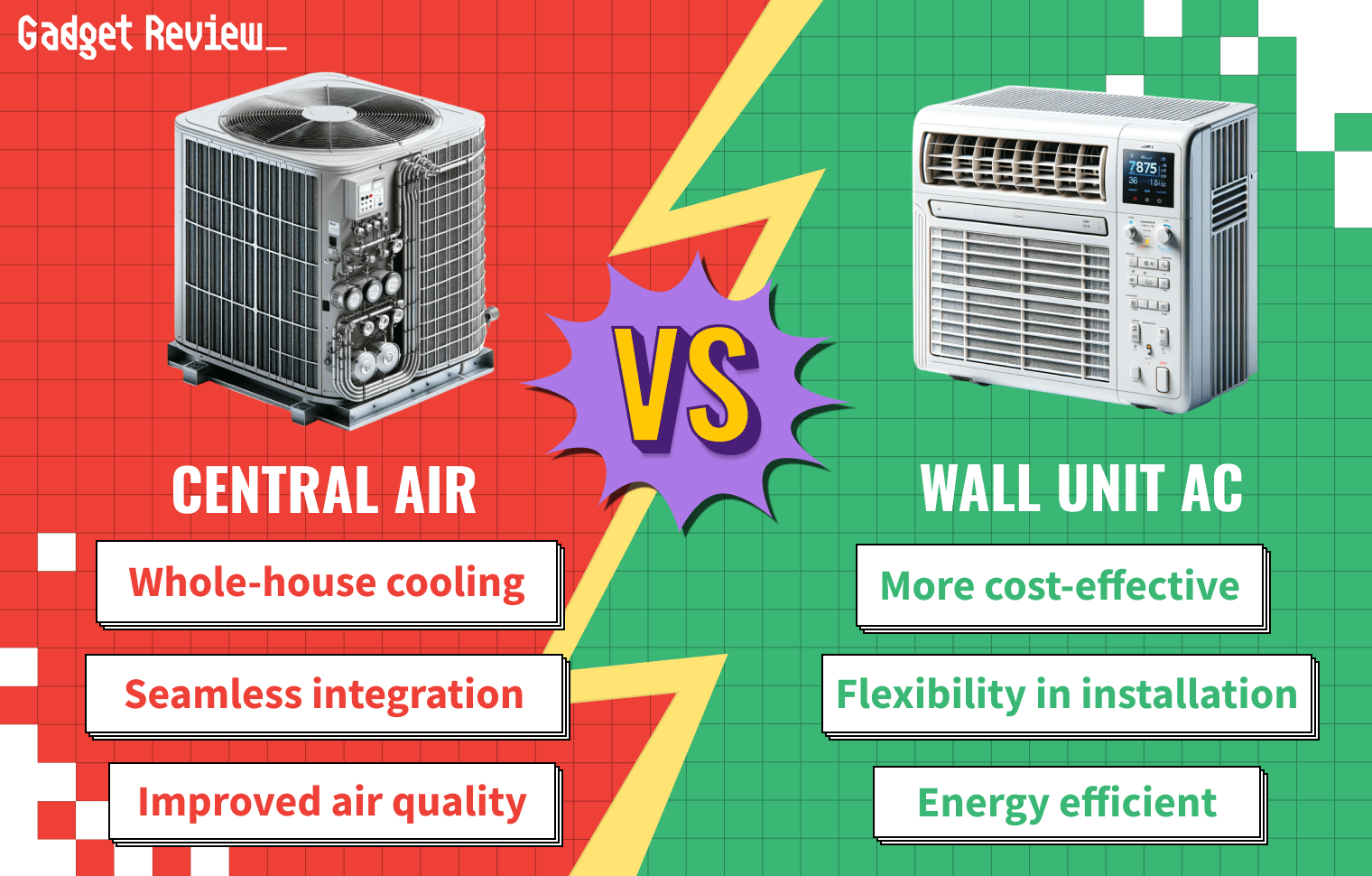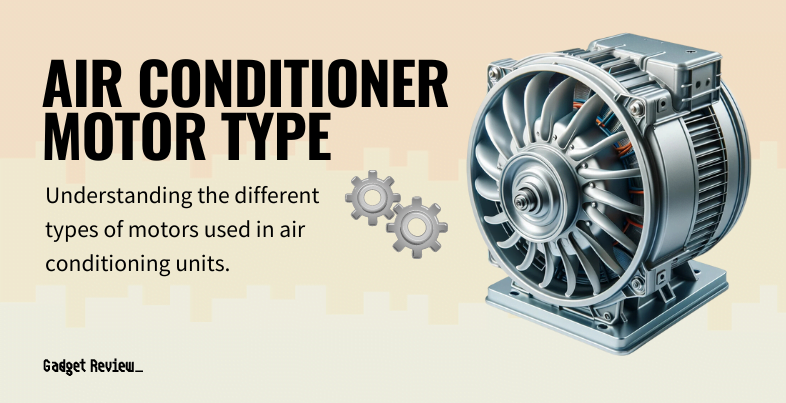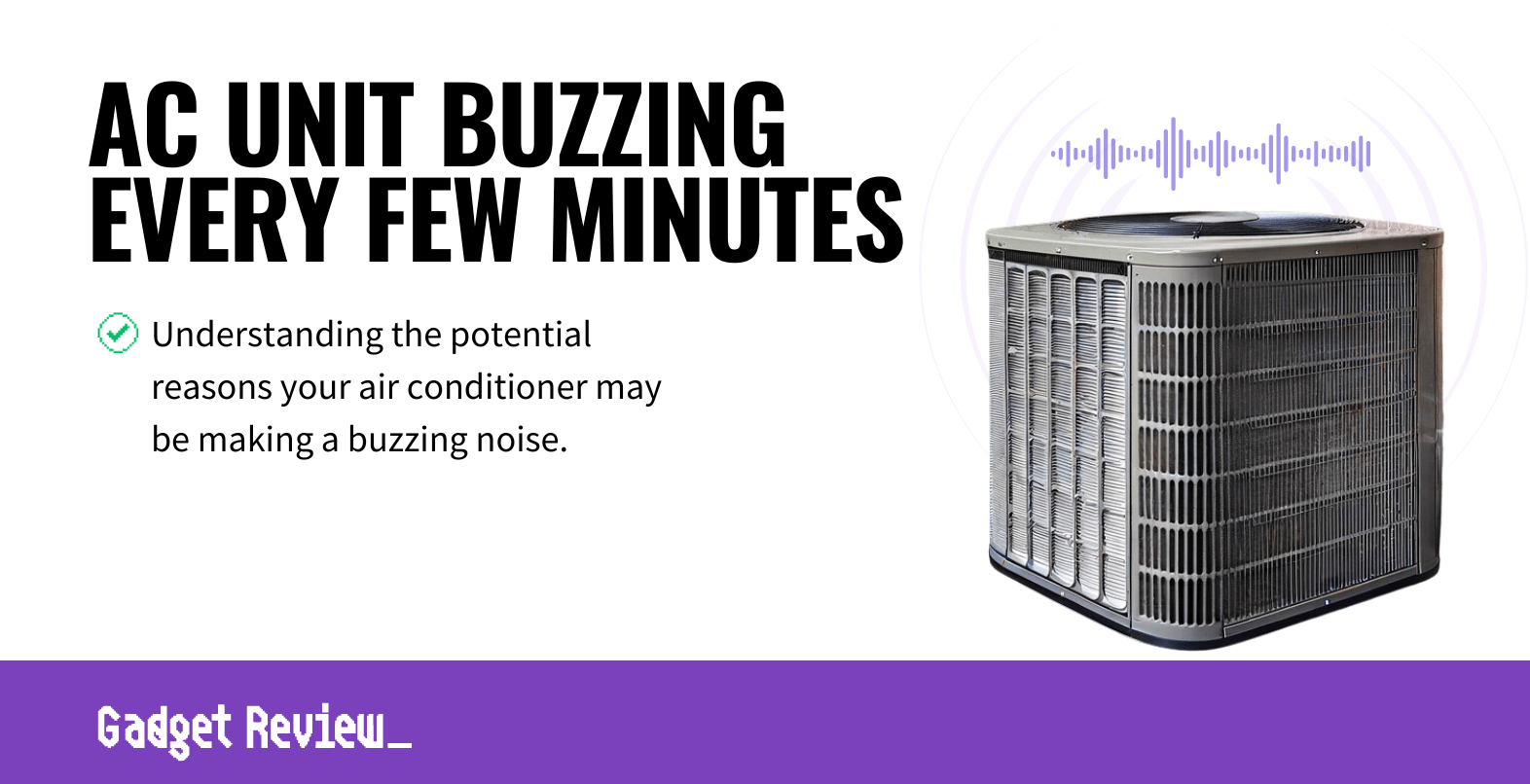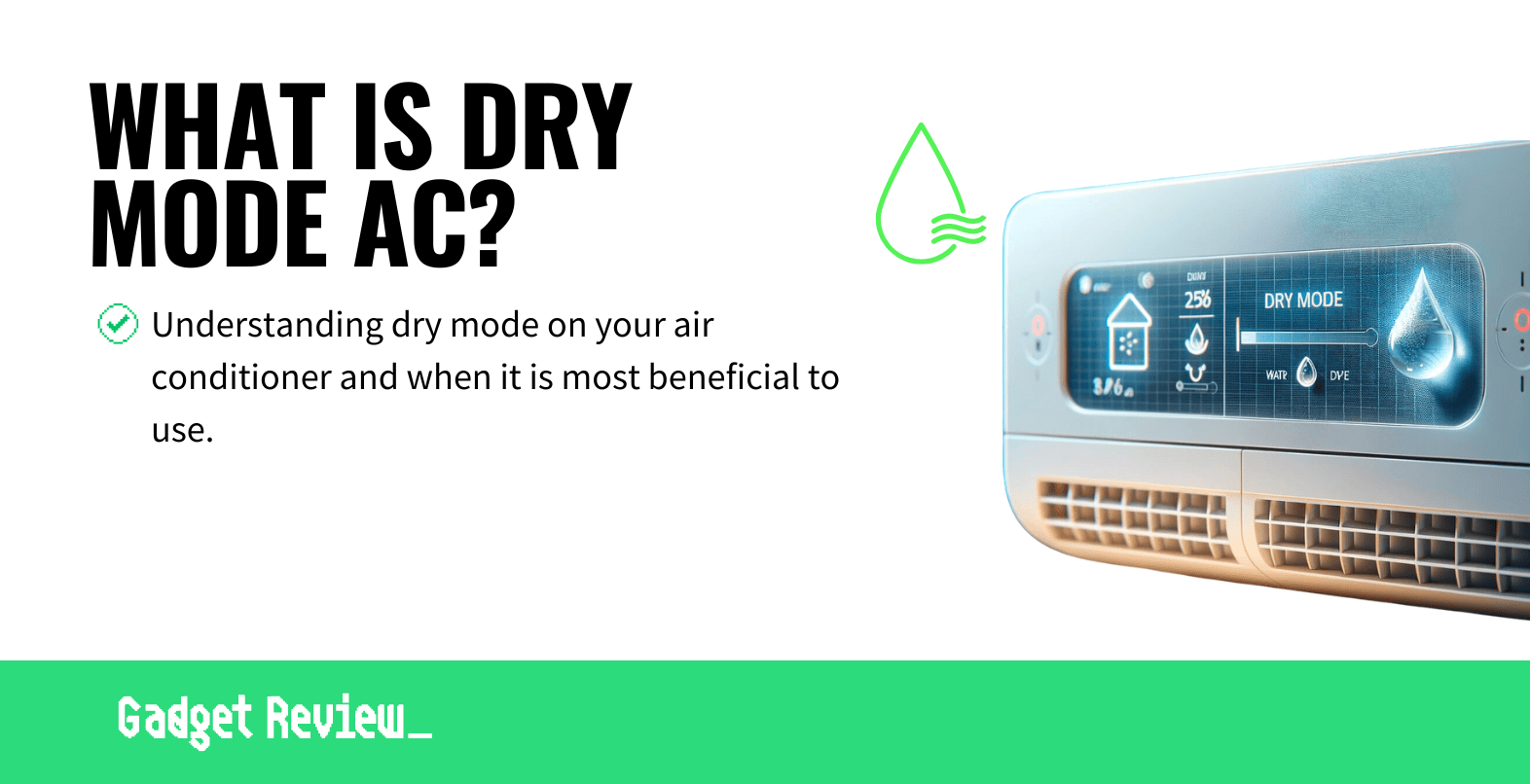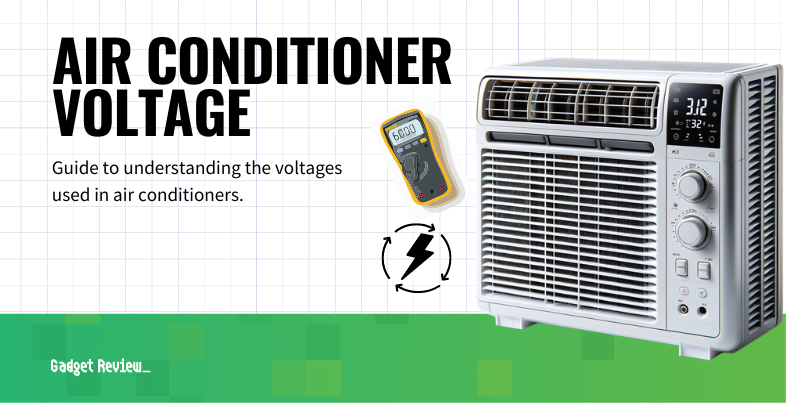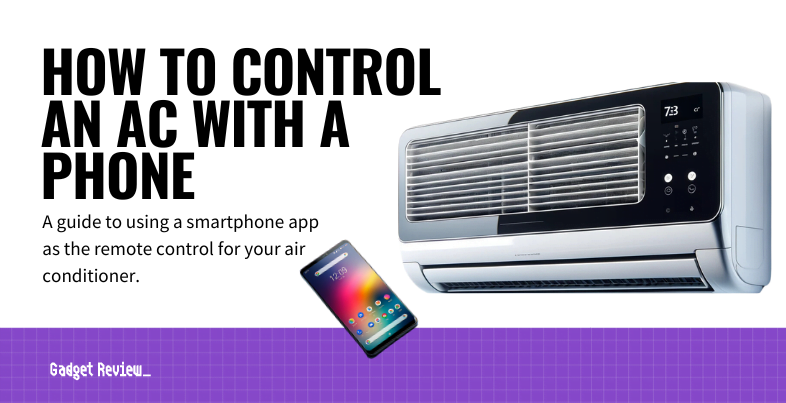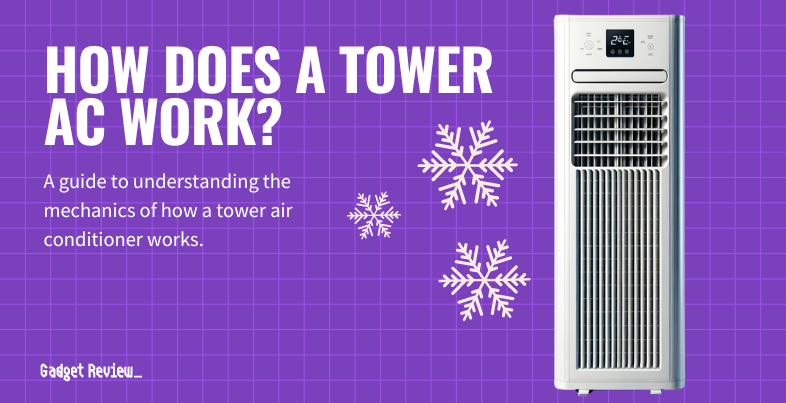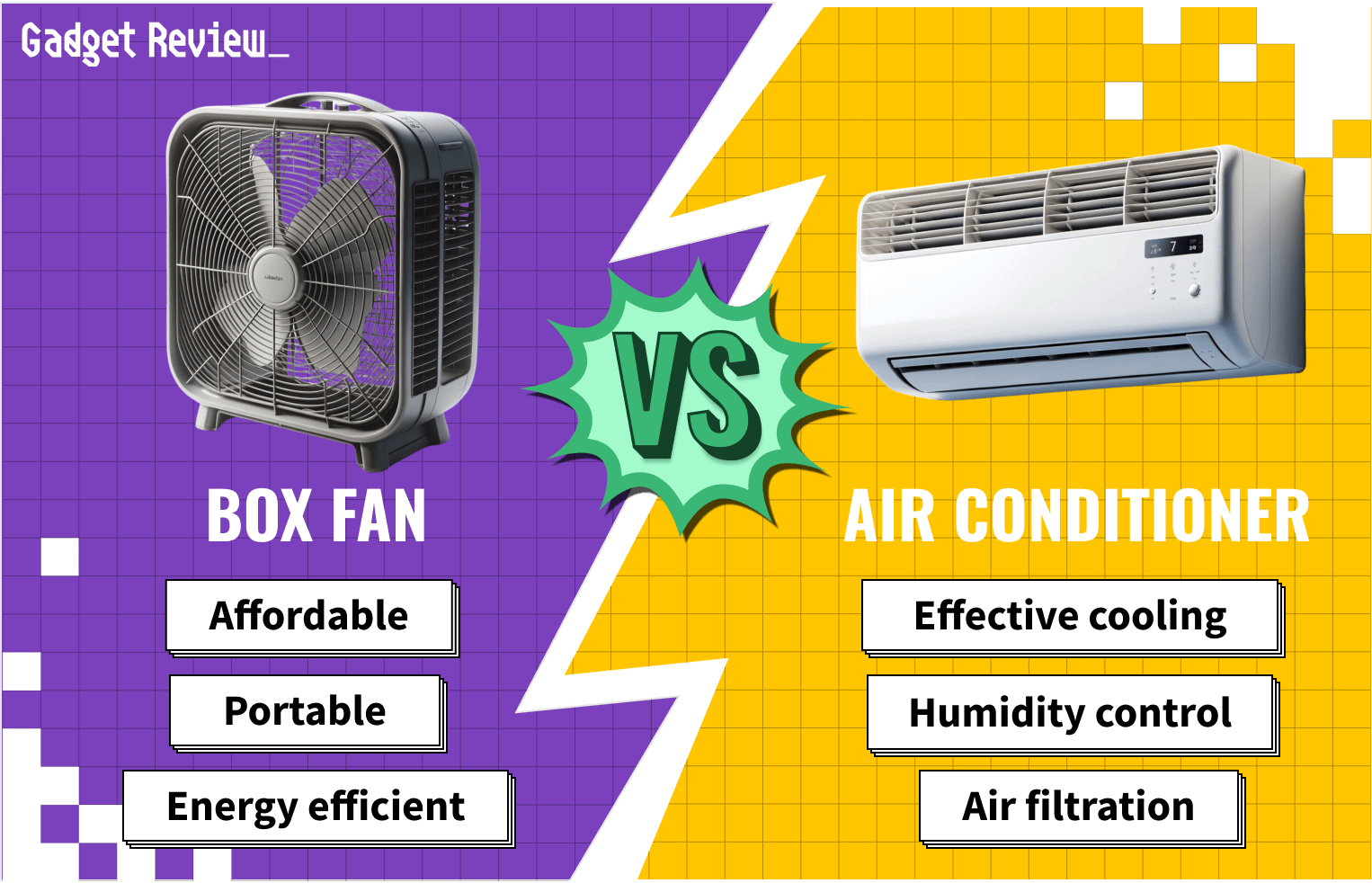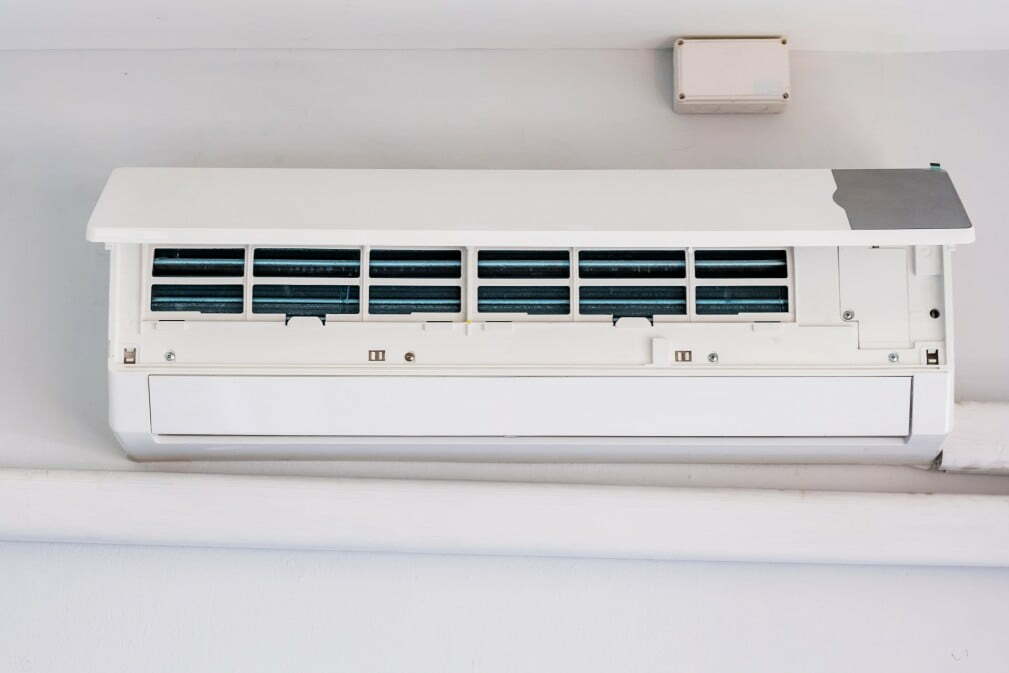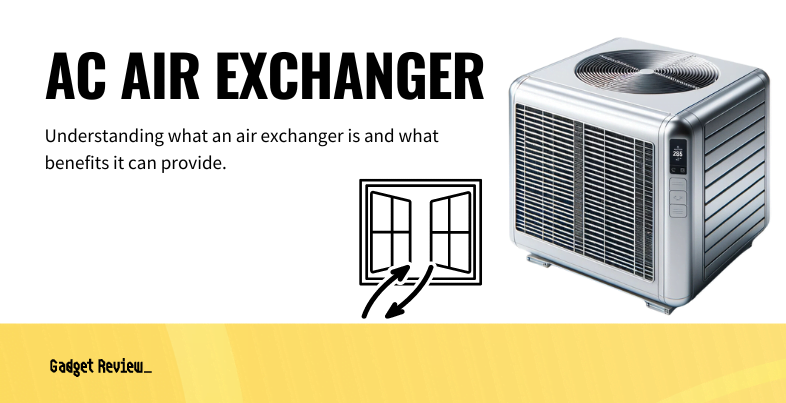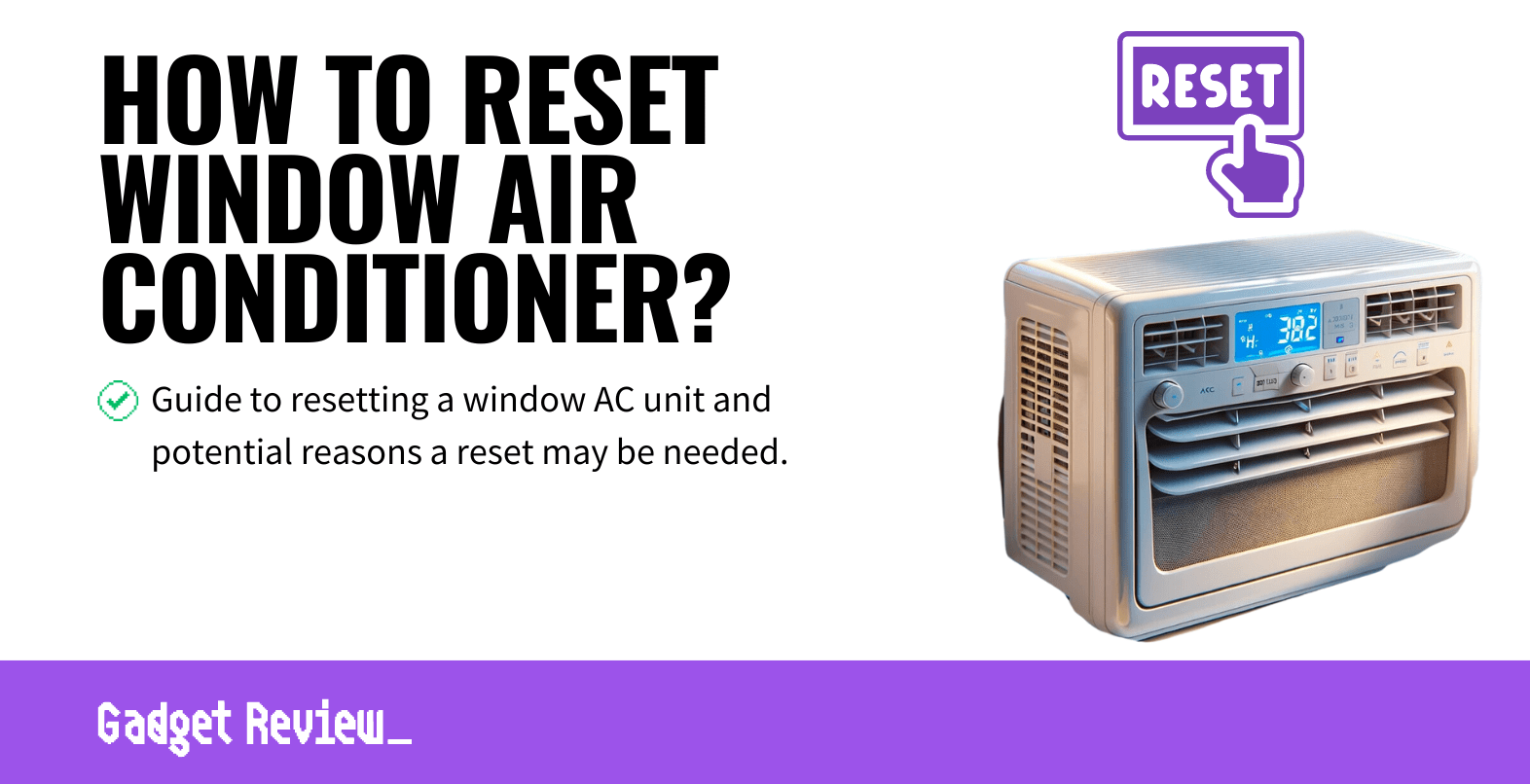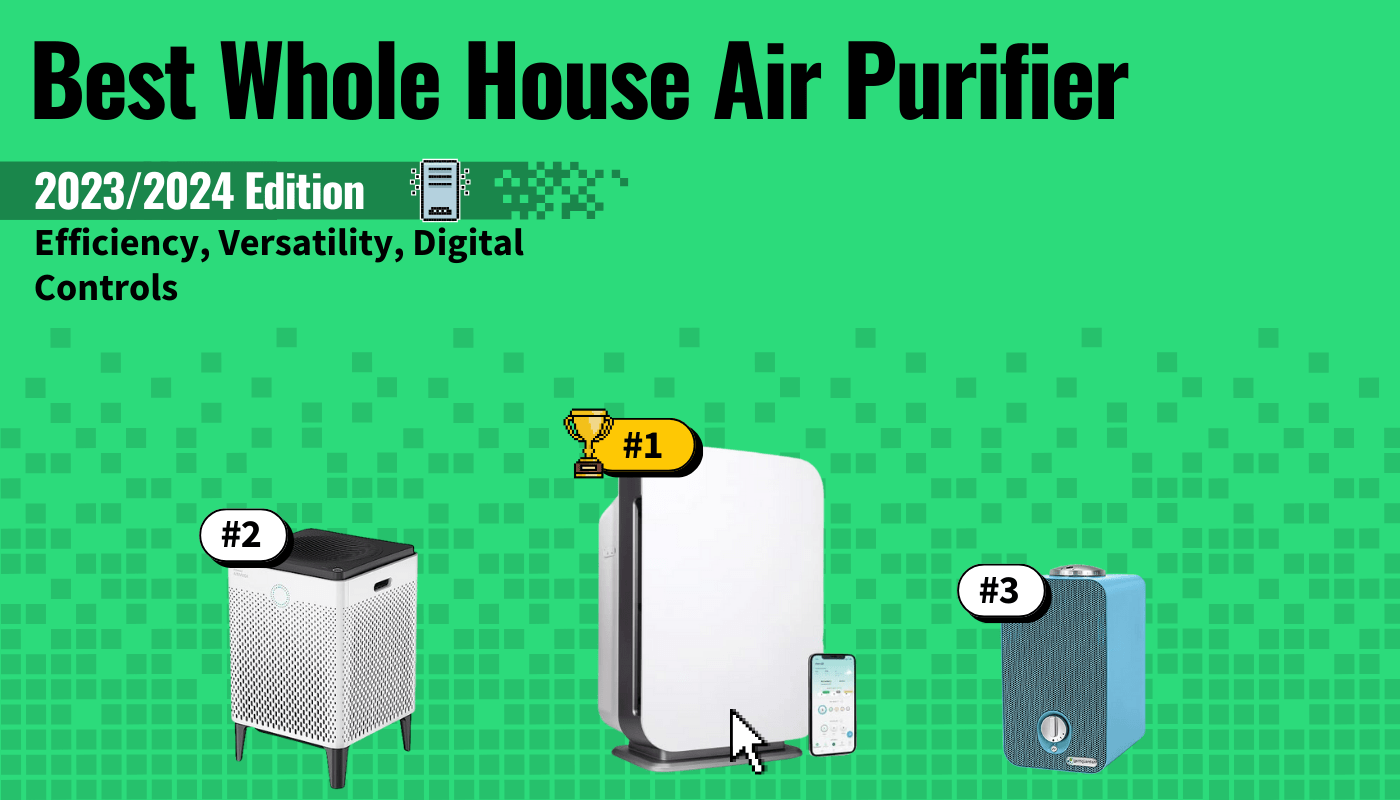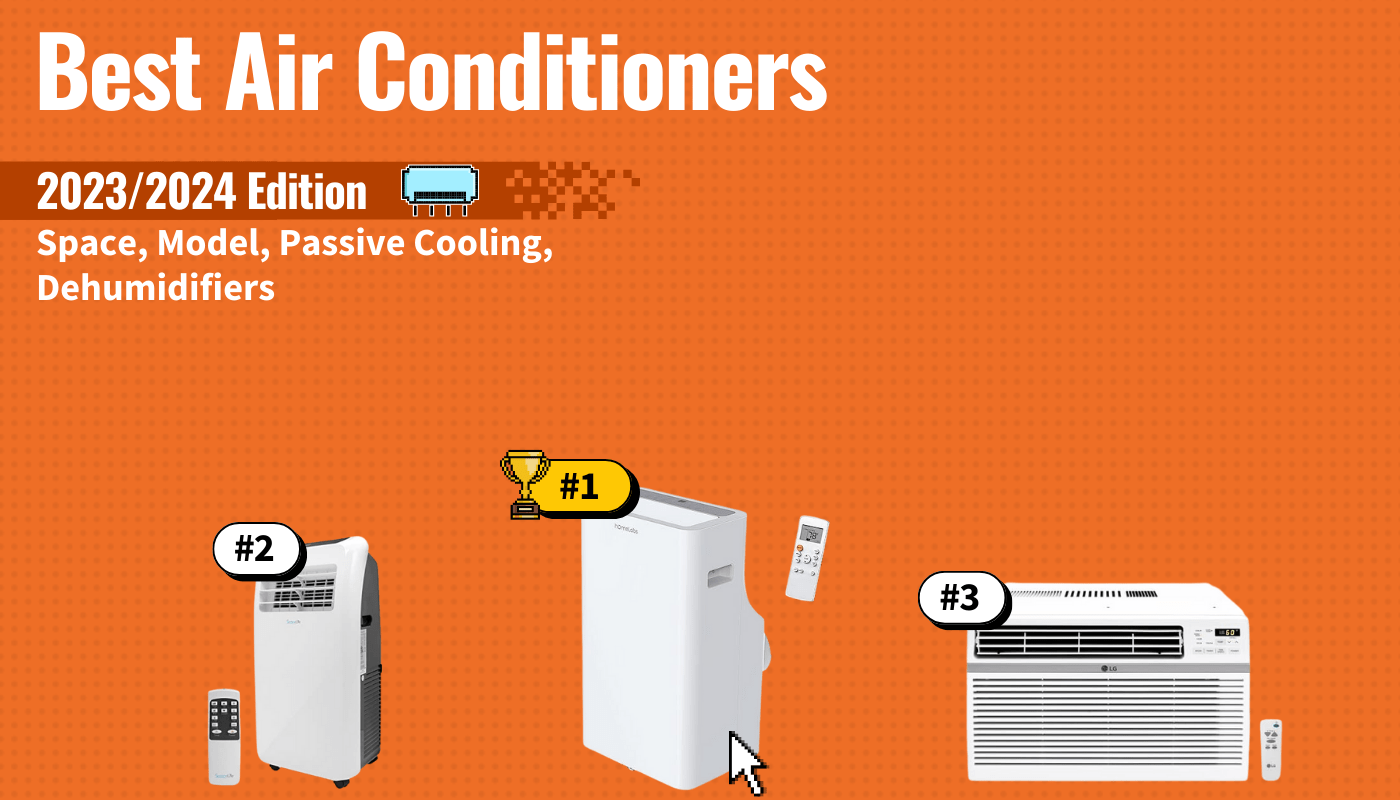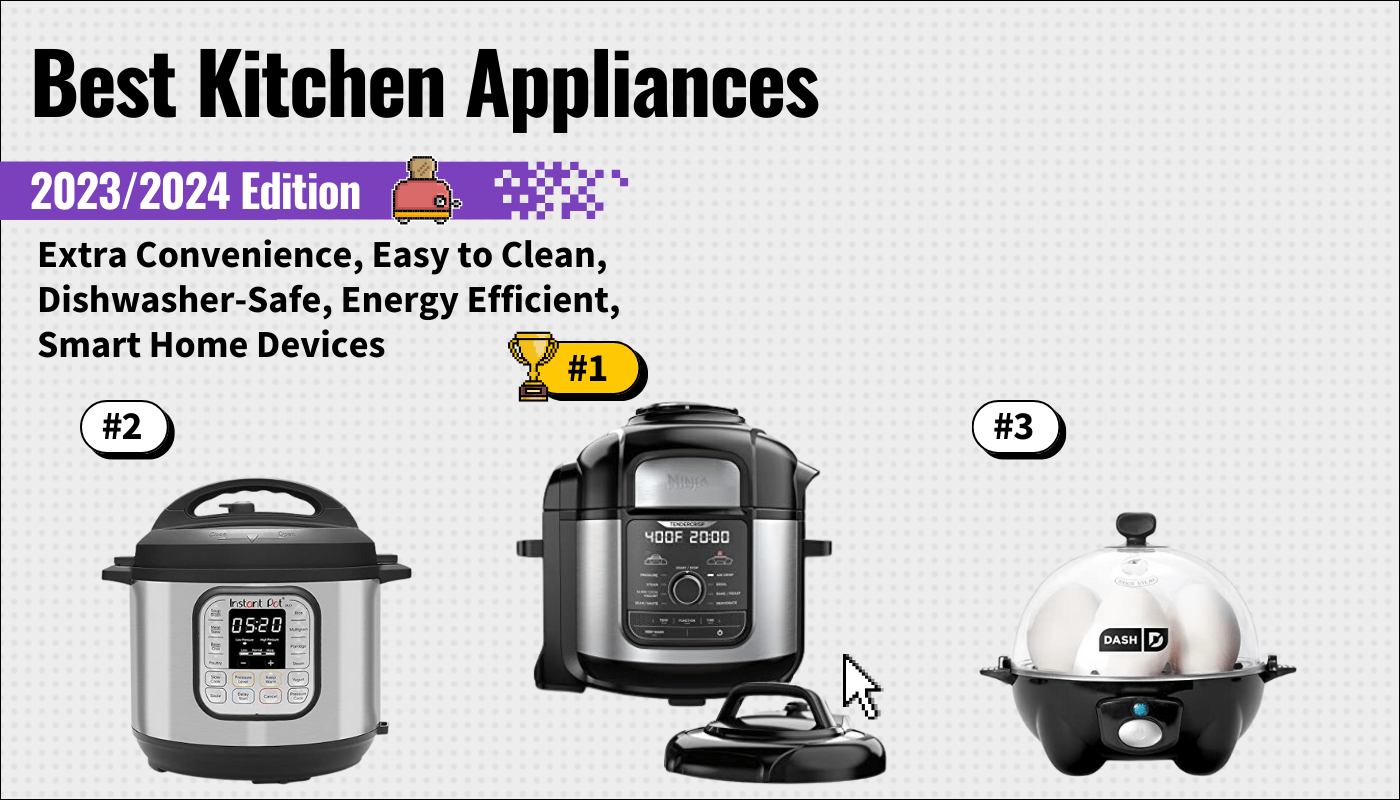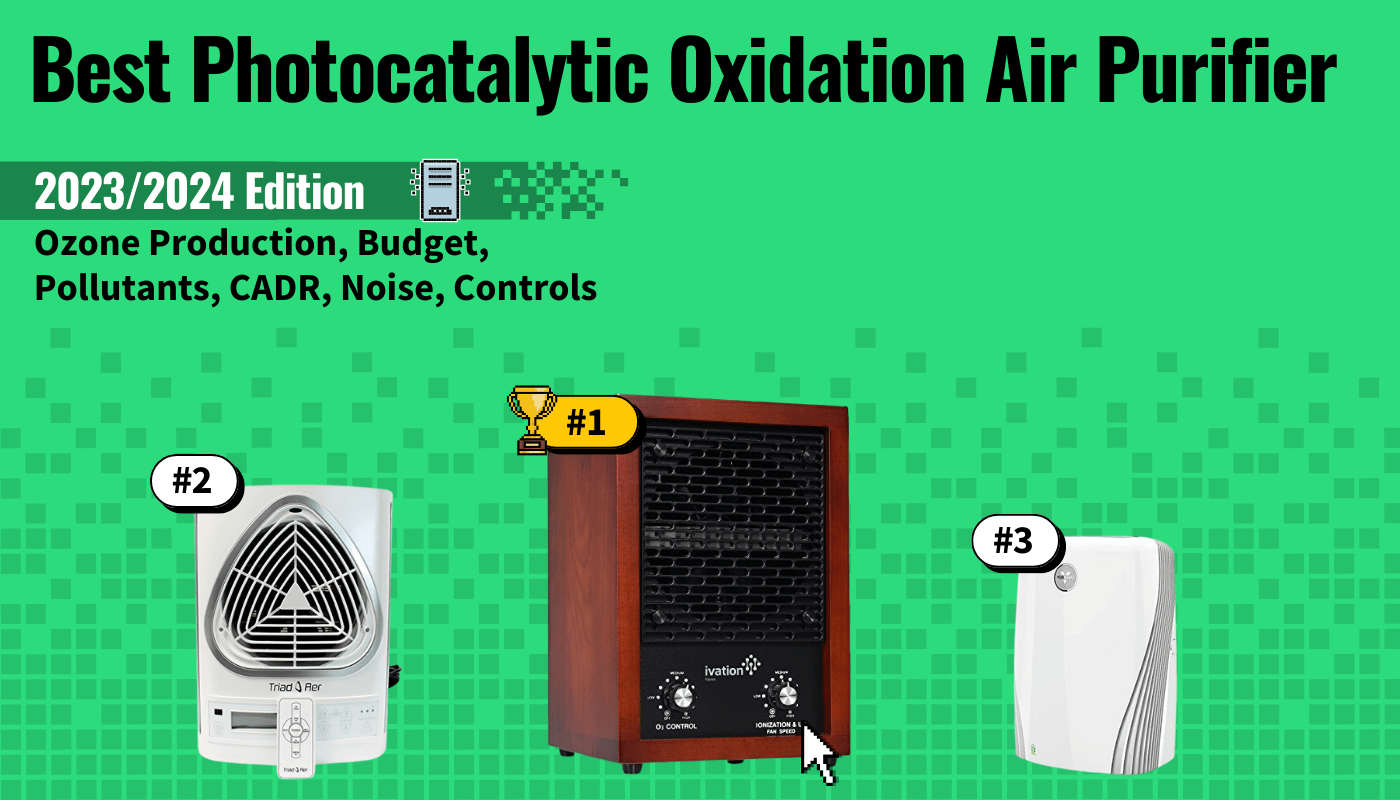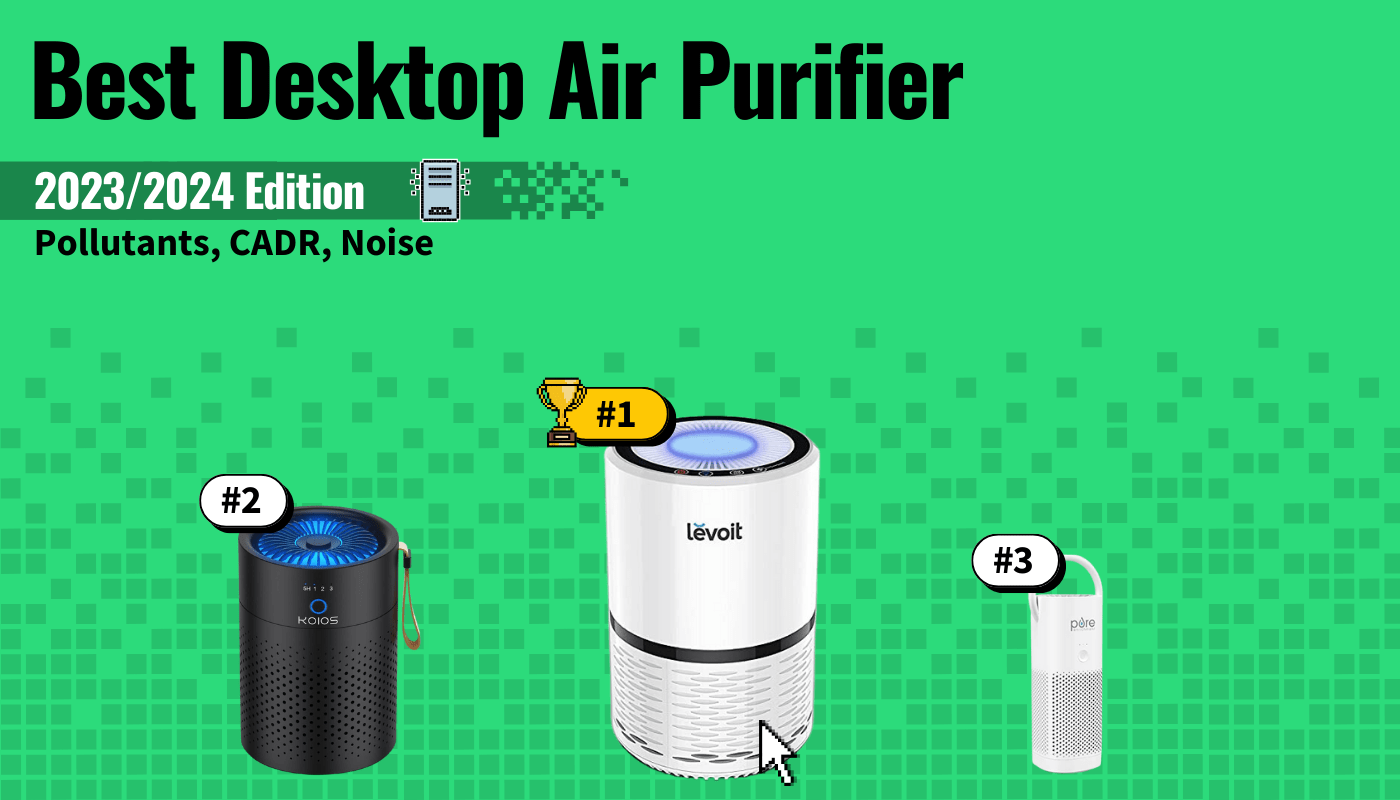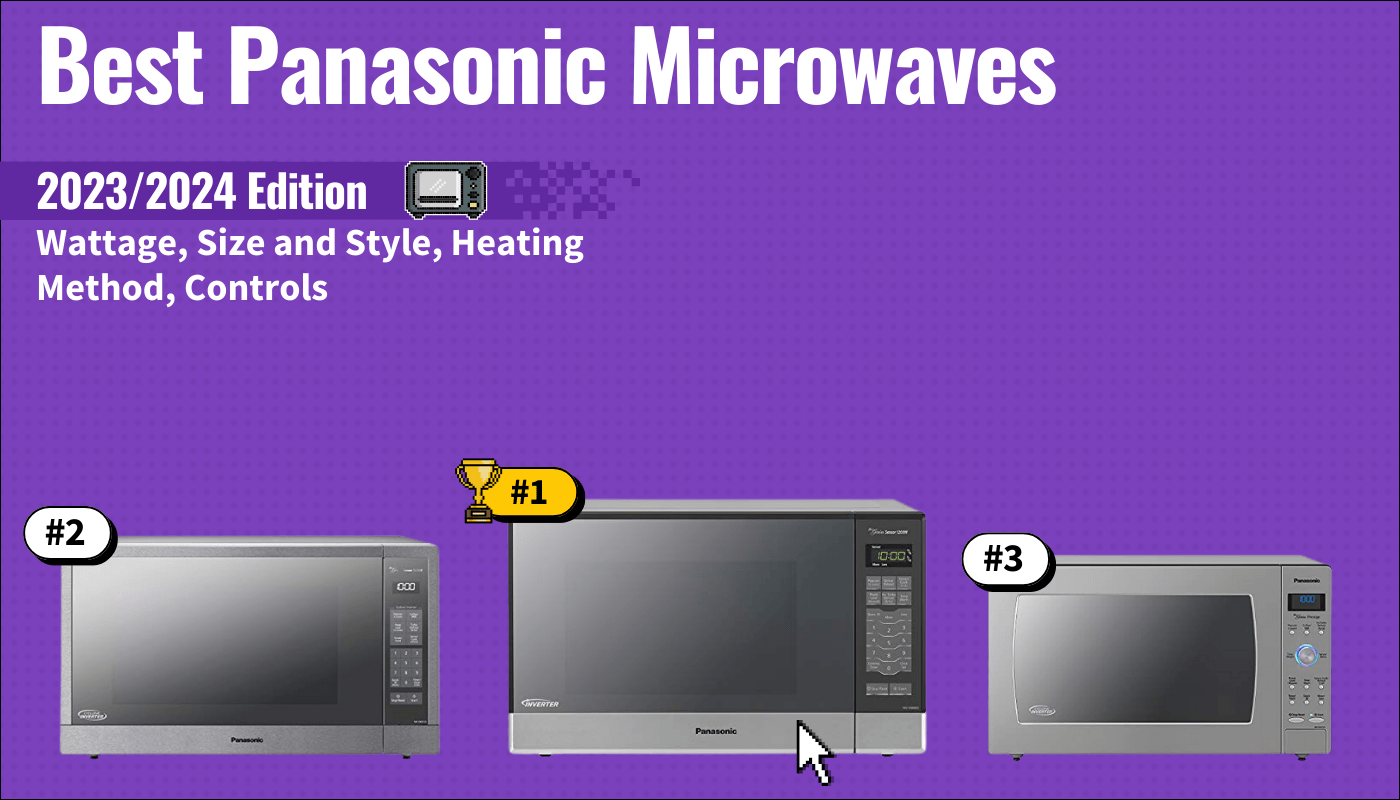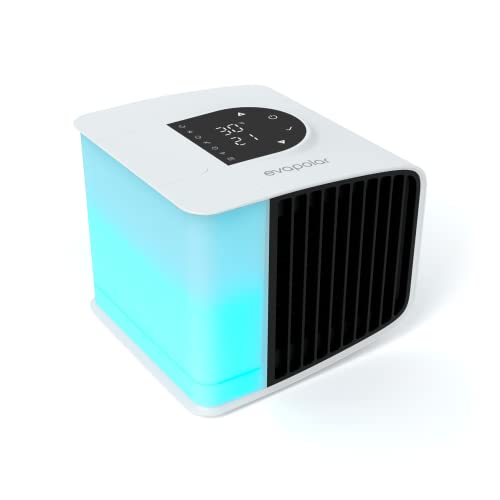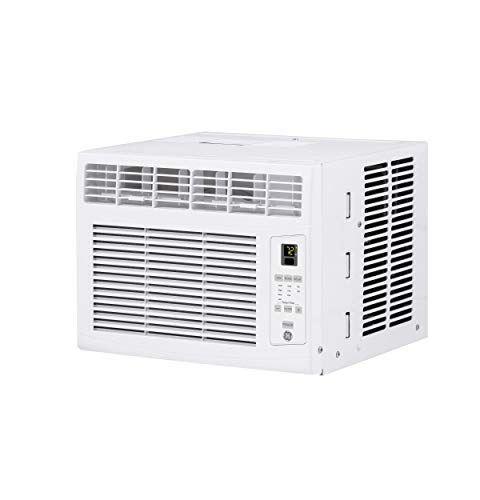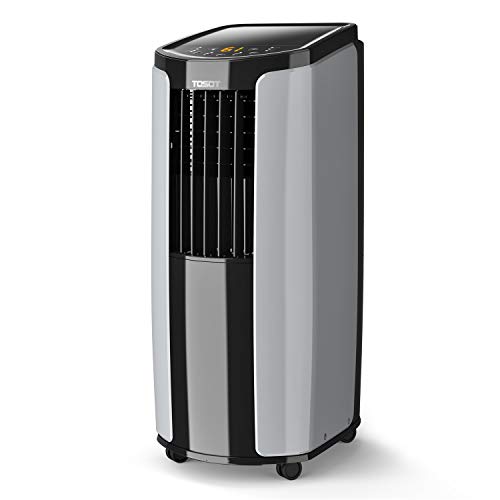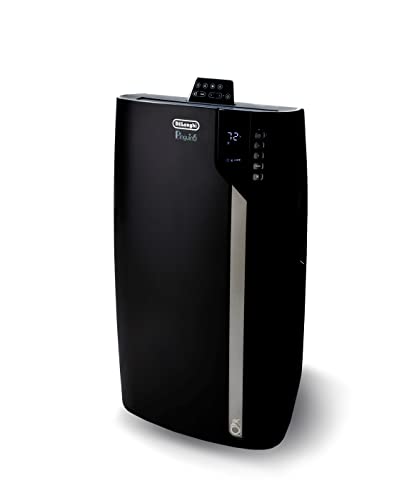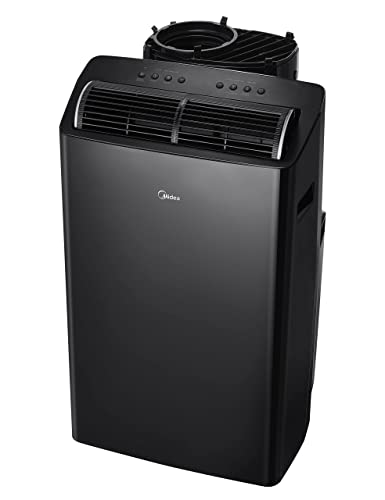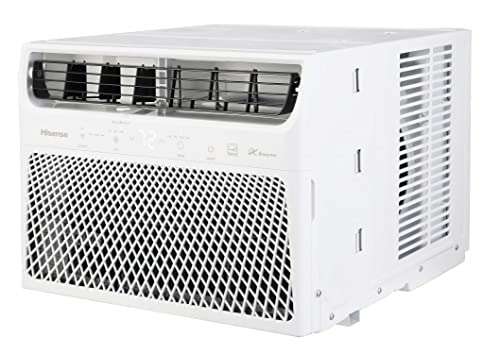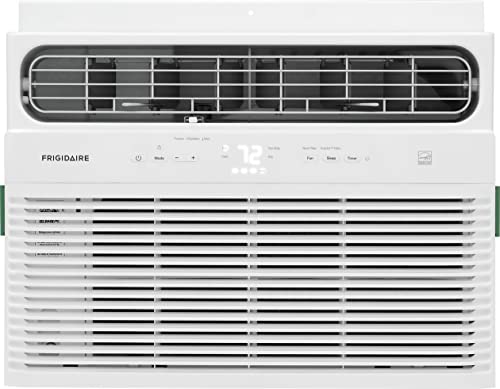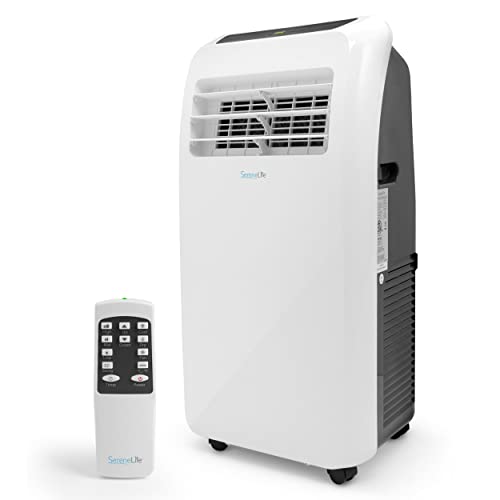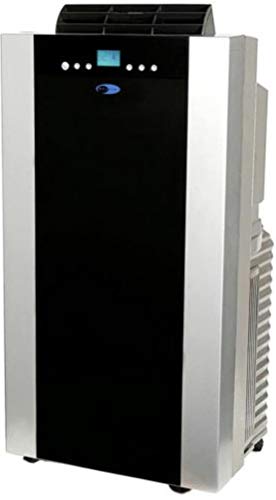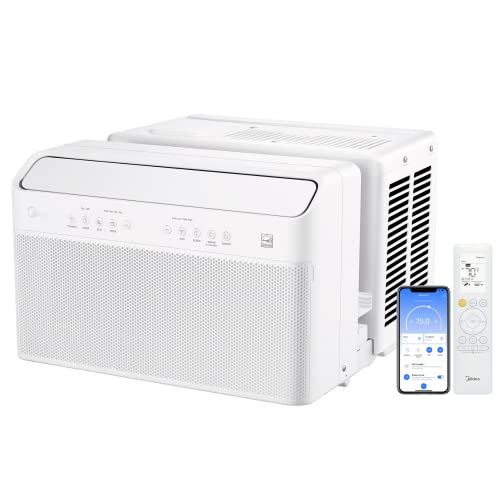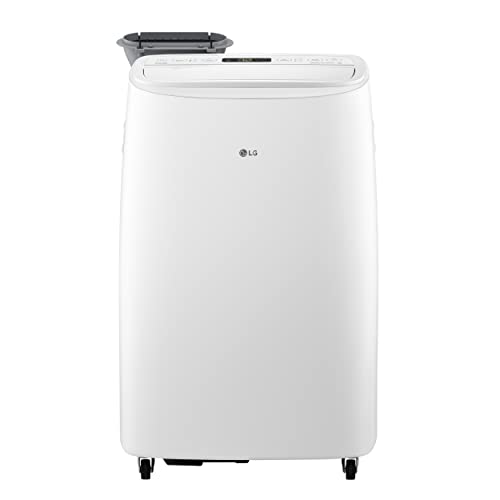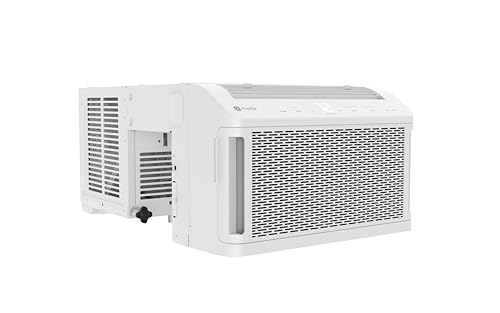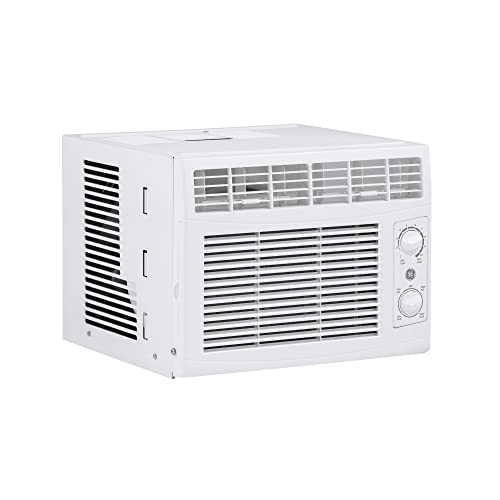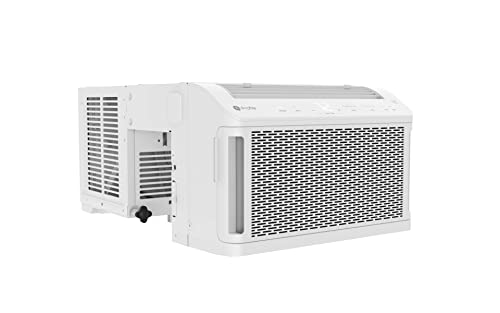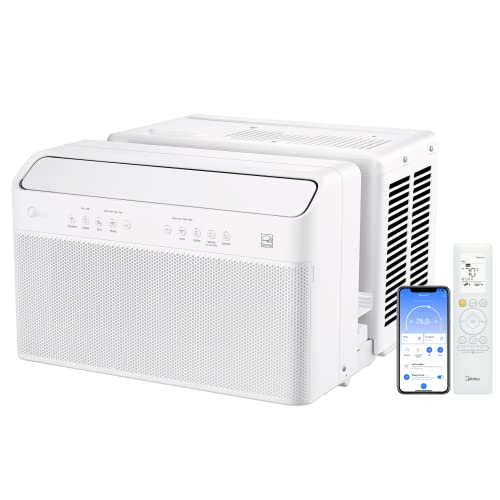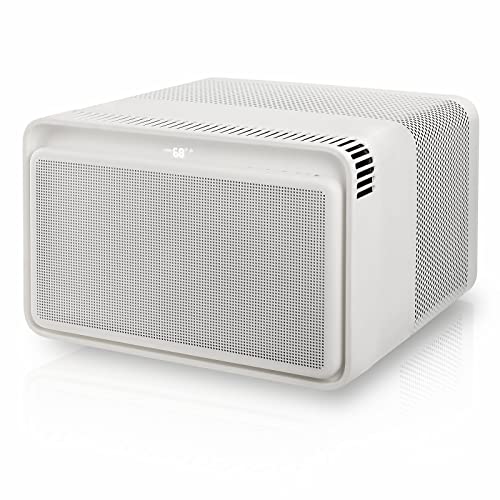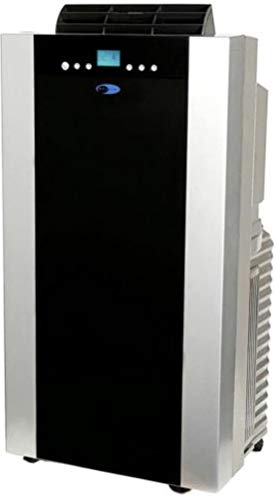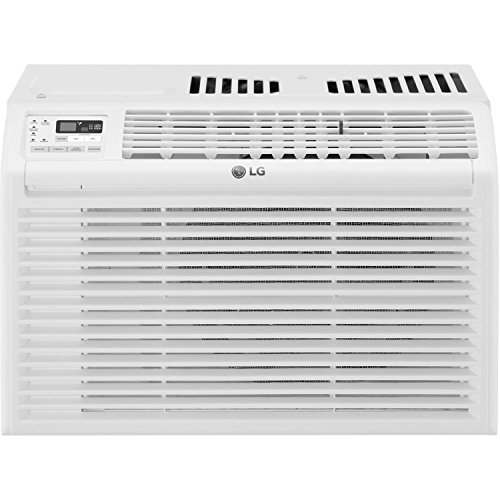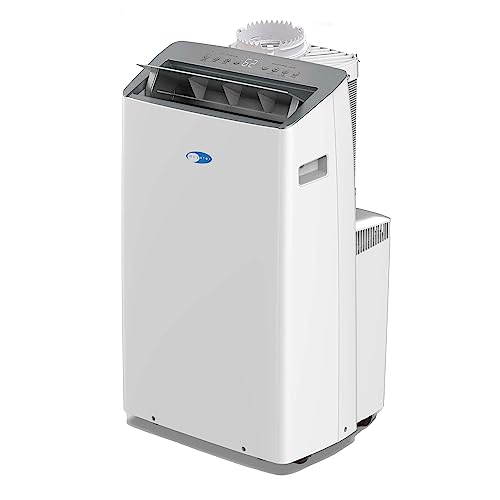To perform regular maintenance on your top-rated air conditioner, you need to locate the drain pan on your AC unit. The AC drain pan collects water under the cooling coils. It can get clogged with dirt, so it’s important to keep it clean to prevent damage. Like a dirty air filter, a drain pan failure can impact your home cooling process. Luckily, if you’re wondering, “Where is the drain pan on my air conditioner?” you don’t need a service tech because this guide will walk you through it.
Key Takeaways_
- The drain pan catches condensation from your AC evaporator coil and guides it to the condensate drain pipe.
- The drain pan is typically connected to the evaporator coil inside the air handler.
- If you find standing water in your drain pan, you likely have a clog in the condensate drain line.
Understanding AC Drain Pans
The AC drain pan is a critical component designed to catch condensation that forms during the cooling process.
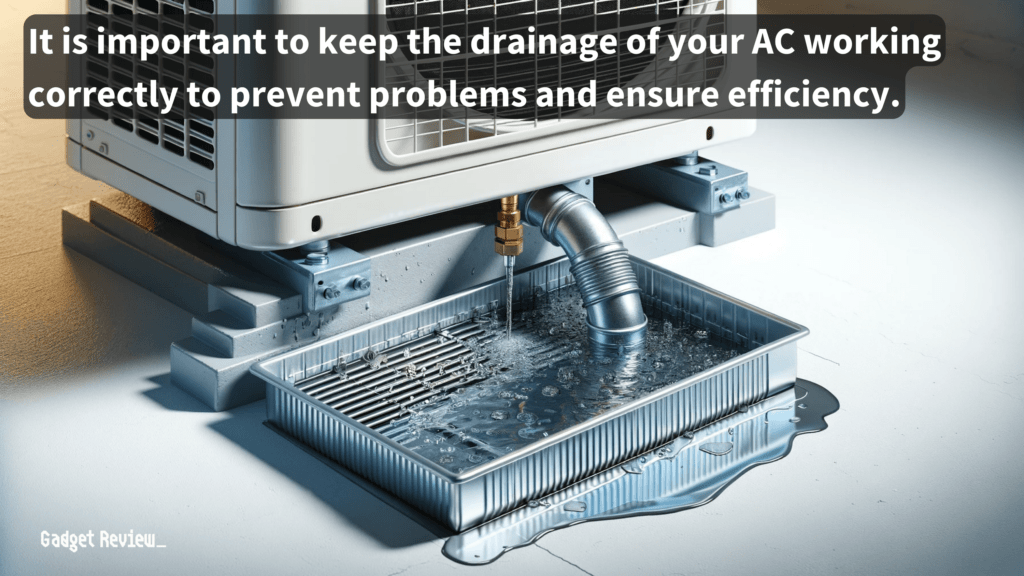
As warm air passes over the cold evaporator coils, water droplets form and drip down into this pan. This prevents water from damaging the internal components of your air conditioning unit and ensures proper drainage.
Understanding what aircon symbols mean can help you identify when the system is in dehumidification mode, often leading to more condensation forms.
There are typically two types of drain pans in an air conditioning system: the primary and the secondary (or overflow) drain pan.
The primary drain pan is located directly beneath the indoor evaporator coils, while the secondary drain pan provides an additional layer of protection against overflow, particularly in units located in spaces where water leakage could cause significant damage.
Ensuring the drainage holes in the pan are clear is essential to prevent water buildup. Mold in air conditioner units can often start in these pans if not properly maintained.
Locating Your AC Drain Pan
The exact location of the drain pan can vary depending on the type of air conditioning system, and locating it is the first step in ensuring it functions correctly.
- For central air conditioning systems, you’ll typically find the drain pan inside the indoor air handler, right under the evaporator coils.
- Accessing it may require removing an access panel, which should be done with caution to avoid damaging any electrical components.
- In window air conditioners, the drain pan is usually more accessible, often visible from the back of the unit.
- However, space constraints can still make inspection a bit challenging.
- For those considering the best portable air conditioner, it’s important to check how the drain pan is designed and how it manages condensation.
Regardless of the type of AC unit, ensuring clear access to the drain pan is crucial for effective maintenance and to prevent issues like clogged condensate drain lines.
Improper maintenance of the drain pan can lead to water damage and microbial growth.
Inspecting and Maintaining Your AC Drain Pan
Regular maintenance of your AC drain pan is essential to prevent common problems like mold growth, water leaks, and even system failure.
Start by visually inspecting the pan for any signs of damage, such as cracks or corrosion. Use a flashlight to check for buildup that could block water flow.
insider tip
Finding excess water in the AC unit is a clog’s most apparent drain line symptom.
Cleaning the drain pan and the condensate drain line is also crucial. A simple solution is pouring a cup of vinegar into the pan and drain line every couple of months to prevent microbial growth.
For more stubborn buildup, a stiff brush or a wet/dry vacuum can be used to clear the area.
If you encounter significant issues like a cracked pan or a severely clogged condensate drain line, it may be time to call an HVAC professional. They can perform more extensive repairs and ensure your system operates efficiently.
Preventing Common AC Drain Pan Problems
Preventative maintenance is key to avoiding common AC drain pan issues. This includes routine checks for any signs of water buildup or leaks, ensuring proper drainage, and keeping the area around the drain pan clear of debris.
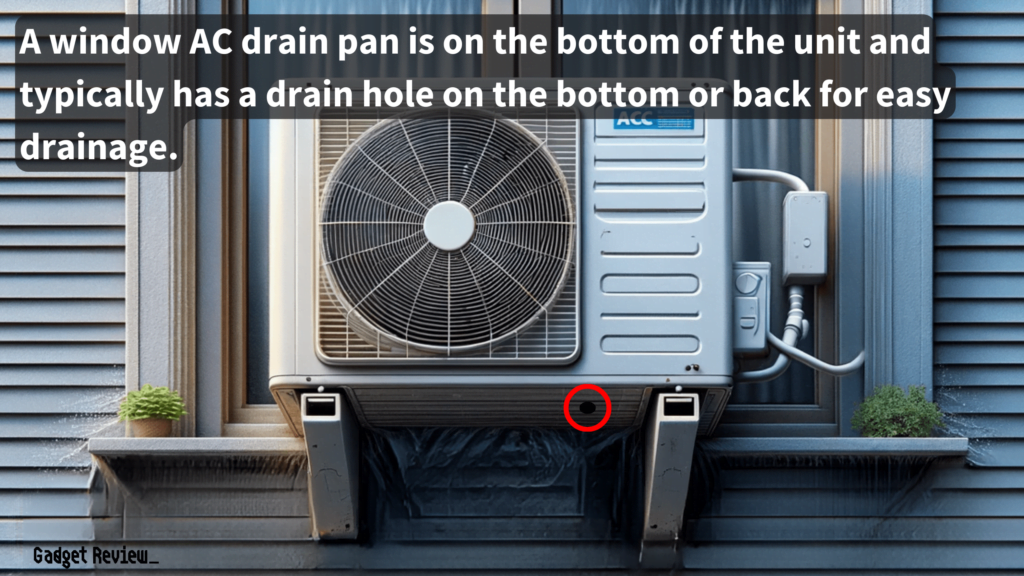
Regularly changing air filters can also prevent excess strain on your system, reducing the risk of a frozen evaporator coil and subsequent overflow.
During the summer, when your air conditioner is in high use, it’s particularly important to monitor the water levels in the drain pan.
warning
Ignoring a clogged drain line can cause water damage to your home and make your air conditioning process less energy efficient.
Using a water hose to gently flush the drain line can help maintain clear pathways for condensation to exit the unit.
Additionally, installing a float switch can provide an extra layer of protection by automatically shutting off the unit if the water level in the drain pan gets too high.
The AC drain pan plays a crucial role in the overall performance and longevity of your air conditioning system.
STAT: According to a 2020 US EIA (Energy Information Agency) survey, 23% of Americans use air conditioning systems between 5 and 9 years old. (source)
By understanding its location, conducting regular inspections, and performing routine maintenance, you can ensure that your unit remains efficient and free from unwanted issues like water damage and microbial growth.
Remember, proper care of your AC drain pan is not just about preventing leaks; it’s about ensuring the optimal performance of your air conditioning unit, saving energy, and maintaining a comfortable and healthy living space.

